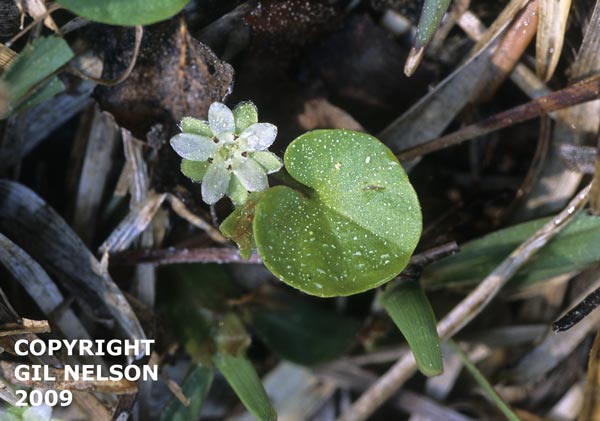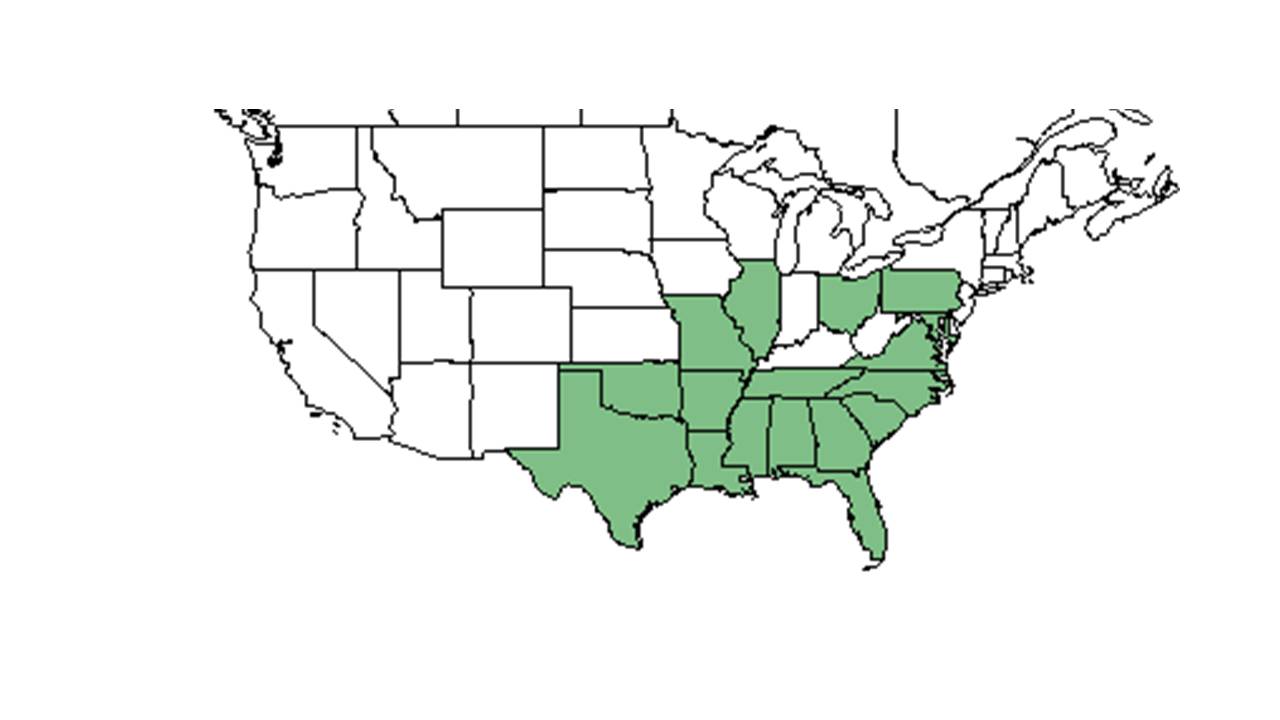Difference between revisions of "Dichondra carolinensis"
(→References and notes) |
(→Photo Gallery) |
||
| Line 47: | Line 47: | ||
==Cultivation and restoration== | ==Cultivation and restoration== | ||
==Photo Gallery== | ==Photo Gallery== | ||
| + | <gallery widths=180px> | ||
| + | </gallery> | ||
| + | |||
==References and notes== | ==References and notes== | ||
Florida State University Robert K. Godfrey Herbarium database. URL: [http://herbarium.bio.fsu.edu http://herbarium.bio.fsu.edu]. Last accessed: June 2014. Collectors: Loran C. Anderson, R. K. Godfrey, Lisa Keppner, Walter Kittredge, and R. Komarek. States and Counties: Florida: Gadsden, Leon, Liberty, Taylor, and Washington. Georgia: Grady. | Florida State University Robert K. Godfrey Herbarium database. URL: [http://herbarium.bio.fsu.edu http://herbarium.bio.fsu.edu]. Last accessed: June 2014. Collectors: Loran C. Anderson, R. K. Godfrey, Lisa Keppner, Walter Kittredge, and R. Komarek. States and Counties: Florida: Gadsden, Leon, Liberty, Taylor, and Washington. Georgia: Grady. | ||
Radford, Albert E., Harry E. Ahles, and C. Ritchie Bell. Manual of the Vascular Flora of the Carolinas. 1964, 1968. The University of North Carolina Press. 861. Print. | Radford, Albert E., Harry E. Ahles, and C. Ritchie Bell. Manual of the Vascular Flora of the Carolinas. 1964, 1968. The University of North Carolina Press. 861. Print. | ||
Revision as of 19:19, 16 February 2016
| Dichondra carolinensis | |
|---|---|

| |
| Photo taken by Gil Nelson | |
| Scientific classification | |
| Kingdom: | Plantae |
| Division: | Magnoliophyta - Flowering plants |
| Class: | Magnoliopsida – Dicotyledons |
| Order: | Solanales |
| Family: | Convolvulaceae |
| Genus: | Dichondra |
| Species: | D. carolinensis |
| Binomial name | |
| Dichondra carolinensis Michx. | |

| |
| Natural range of Dichondra carolinensis from USDA NRCS Plants Database. | |
Common name: Carolina ponysfoot
Contents
[hide]Taxonomic notes
Description
Dichondra carolinensis is a perennial herbaceous species with a ruderal growing habit (FSU Herbarium).
For D. carolinensis, they are a "prostrate, spreading or matted, pubescent perennial, rooting at the nodes. Leaves suborbicular to reniform, mostly 1-3 cm wide, sparsely pubescent beneath; petioles 1-4 cm long. Flowers small, axillary, solitary; sepals 2-3 mm long at anthesis, the outer surface pilose; corolla white, rotate-campanulate exceeded by the calyx; pistil of 2 nearly separate carpels, stigmas capitate, styles separate. Capsule 2-lobed, each lobe usually 1-seeded." - Radford et al 1964.
Distribution
Ecology
Habitat
This species prefers dry loamy sand and high light levels (FSU Herbarium). It occurs in several natural communities, including pine-oak woods and savanna (FSU Herbarium). However, it also tends to be a ruderal species, appearing in disturbed habitat like mowed lawns and roadsides (FSU Herbarium).
Associated species include Viola primulifolia, Cerastium Linaria, Oxalis(FSU Herbarium).
Phenology
This species has been observed flowering and fruiting in March (FSU Herbarium).
Seed dispersal
Seed bank and germination
Fire ecology
D. carolinensis has been found in annually burned savanna, so it has some fire tolerance (FSU Herbarium).
Pollination
Use by animals
Diseases and parasites
Conservation and Management
Cultivation and restoration
Photo Gallery
References and notes
Florida State University Robert K. Godfrey Herbarium database. URL: http://herbarium.bio.fsu.edu. Last accessed: June 2014. Collectors: Loran C. Anderson, R. K. Godfrey, Lisa Keppner, Walter Kittredge, and R. Komarek. States and Counties: Florida: Gadsden, Leon, Liberty, Taylor, and Washington. Georgia: Grady.
Radford, Albert E., Harry E. Ahles, and C. Ritchie Bell. Manual of the Vascular Flora of the Carolinas. 1964, 1968. The University of North Carolina Press. 861. Print.